Portal for more climate-friendly mobility
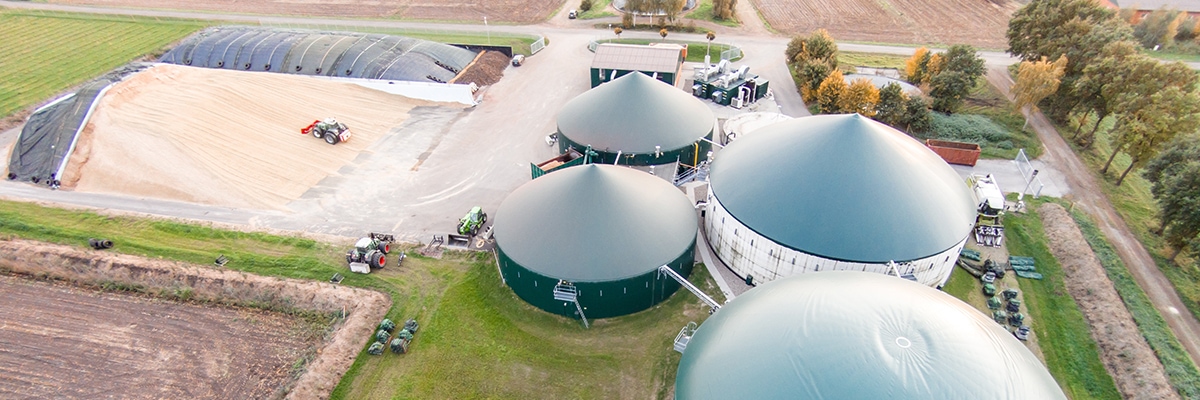
Switzerland needs biogas and renewables
Several organisations such as AEE Suisse, Biomasse Suisse, Energie 360°, Energie Zukunft Schweiz, Ökostrom Schweiz, Swisscleantech, Swisspower and the Swiss Gas Industry Association (VSG) explain in a position paper why Switzerland urgently needs more biogas and other renewable gases – and make concrete demands on politicians.
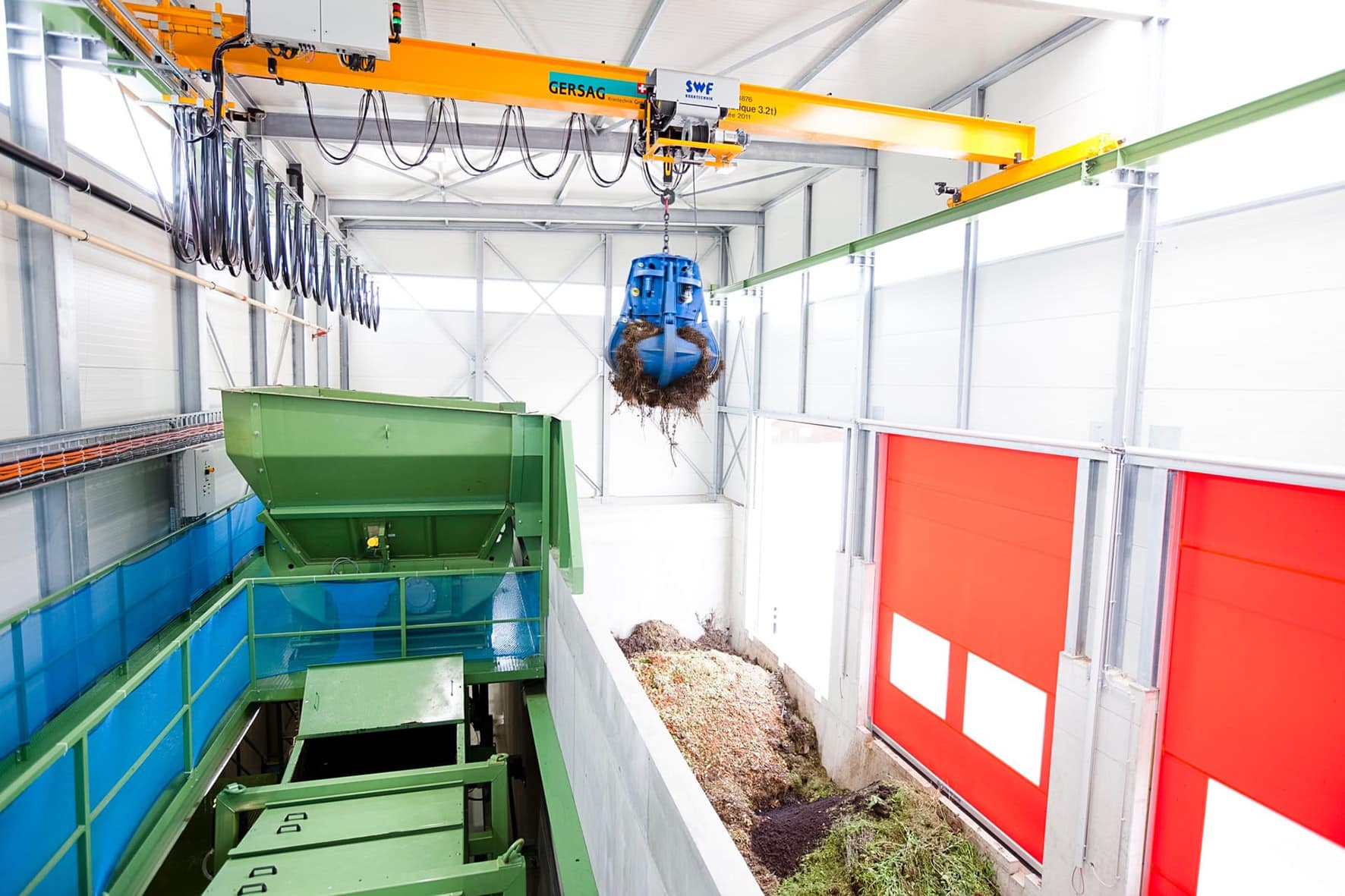 Chavornay VD has already been producing biogas for Switzerland from organic residues since 2011. Source: HZI
Chavornay VD has already been producing biogas for Switzerland from organic residues since 2011. Source: HZI
According to figures from the Swiss Gas Industry Association (VSG), Switzerland had an annual gas consumption of 33 TWh last year. About 2.5 TWh, or only about 7.7 percent of this, was biogas. Of this, a large part – specifically 2.1 TWh – came from other European countries and was imported. Even if electricity demand increases and gas consumption decreases due to increasing electrification in the heating sector and in mobility, it is important to switch gas demand to renewable sources by 2050.
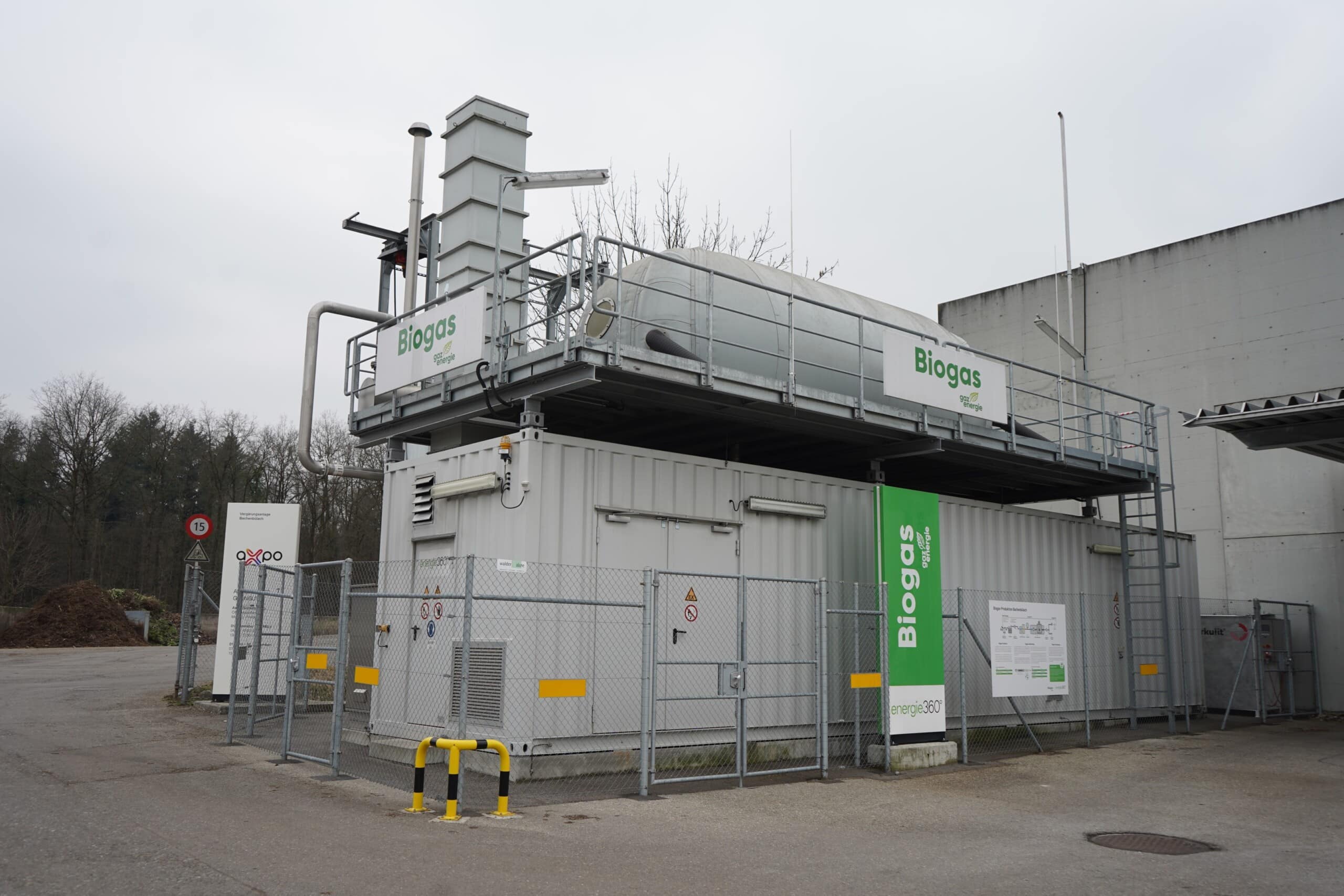 Axpo also processes organic waste in Bülach ZH. With its fermentation plants, composting sites and mobile services (Berom SA), Axpo recycles the organic waste of more than 3,000 customers (cities, municipalities, industry and commerce) and extracts renewable energy and nutrient-rich natural fertilizer from it. Source: CNG-Mobility.ch
Axpo also processes organic waste in Bülach ZH. With its fermentation plants, composting sites and mobile services (Berom SA), Axpo recycles the organic waste of more than 3,000 customers (cities, municipalities, industry and commerce) and extracts renewable energy and nutrient-rich natural fertilizer from it. Source: CNG-Mobility.ch
According to the federal government’s Energy Perspectives 2050+ from 2022, this would require decarbonising more than 18 TWh of gas in the Zero base scenario. This is quite feasible, but it requires regulating the import of biogas on the one hand and producing more biogas and renewable gases in this country on the other. The potential for this is there. Conservative estimates from 2017 and 2018 assume a possible domestic production of 4 to 6 TWh. Of this, only just under ten percent is being used today, which is why targeted promotion of biogas production in Switzerland not only makes sense, but should also be urgently addressed.

New studies that focus less on linear material flows and instead take a circular approach, showing how biomass in agricultural fermentation plants can contribute more to climate protection, the replacement of mineral fertilisers and the replacement of fossil fuels in terms of mass, nutrients and energy flows, may soon provide more accurate and realistic potential data for Swiss biogas production.
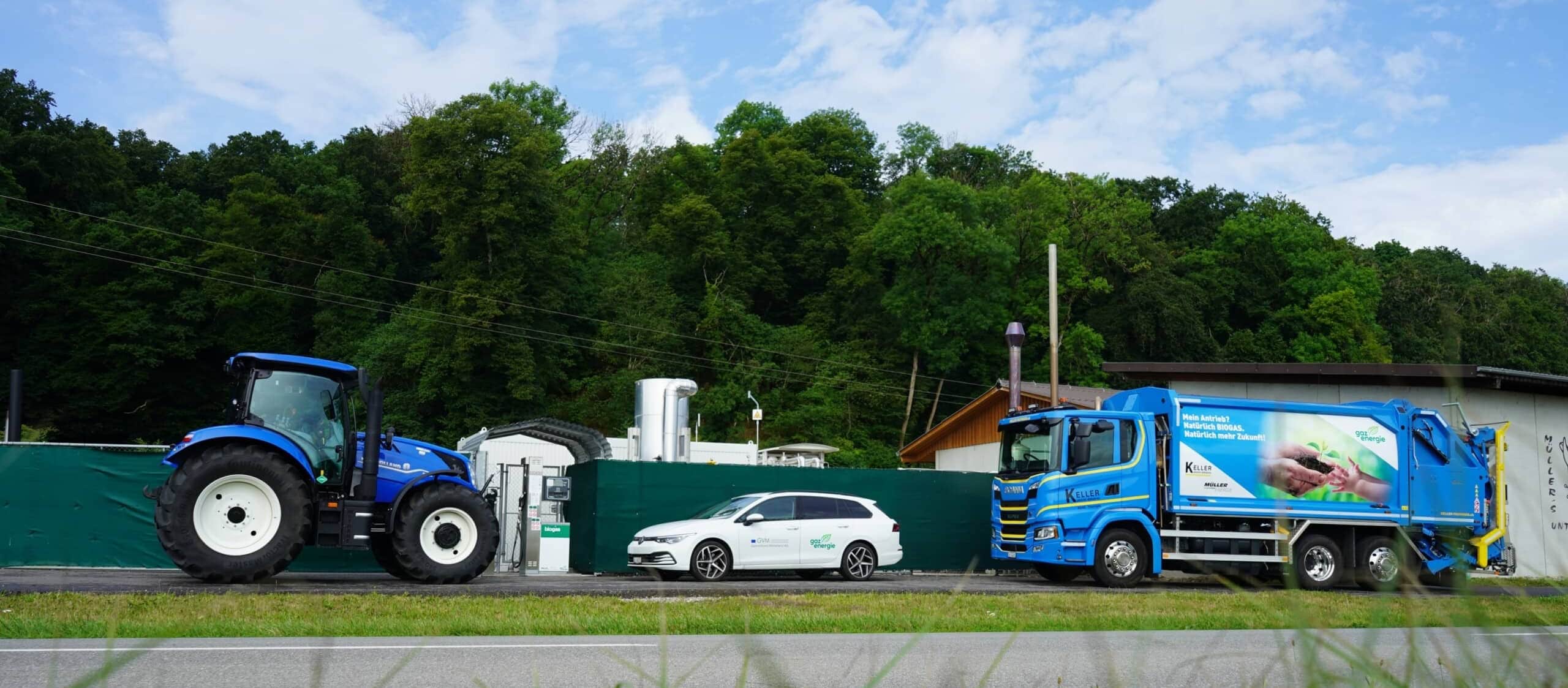 In addition to heat and electricity, one way to use biogas is in the mobility sector – Switzerland’s first biogas filling station is located in Thayngen SH, where “biogas directly from the farm” can be refuelled. Source: CNG-Mobility.ch
In addition to heat and electricity, one way to use biogas is in the mobility sector – Switzerland’s first biogas filling station is located in Thayngen SH, where “biogas directly from the farm” can be refuelled. Source: CNG-Mobility.ch
One thing is clear: the accelerated exploitation of the existing potential at home is enormously important and brings Switzerland closer to the goal of net zero with every kWh or kilo of biogas and other renewable gases. According to the VSG position paper, there is currently a remaining gas demand of 12 to 14 TWh in 2050, which must be replaced by renewable energy sources. For this, Switzerland is dependent on a functioning import of biogas and renewable gases in general.
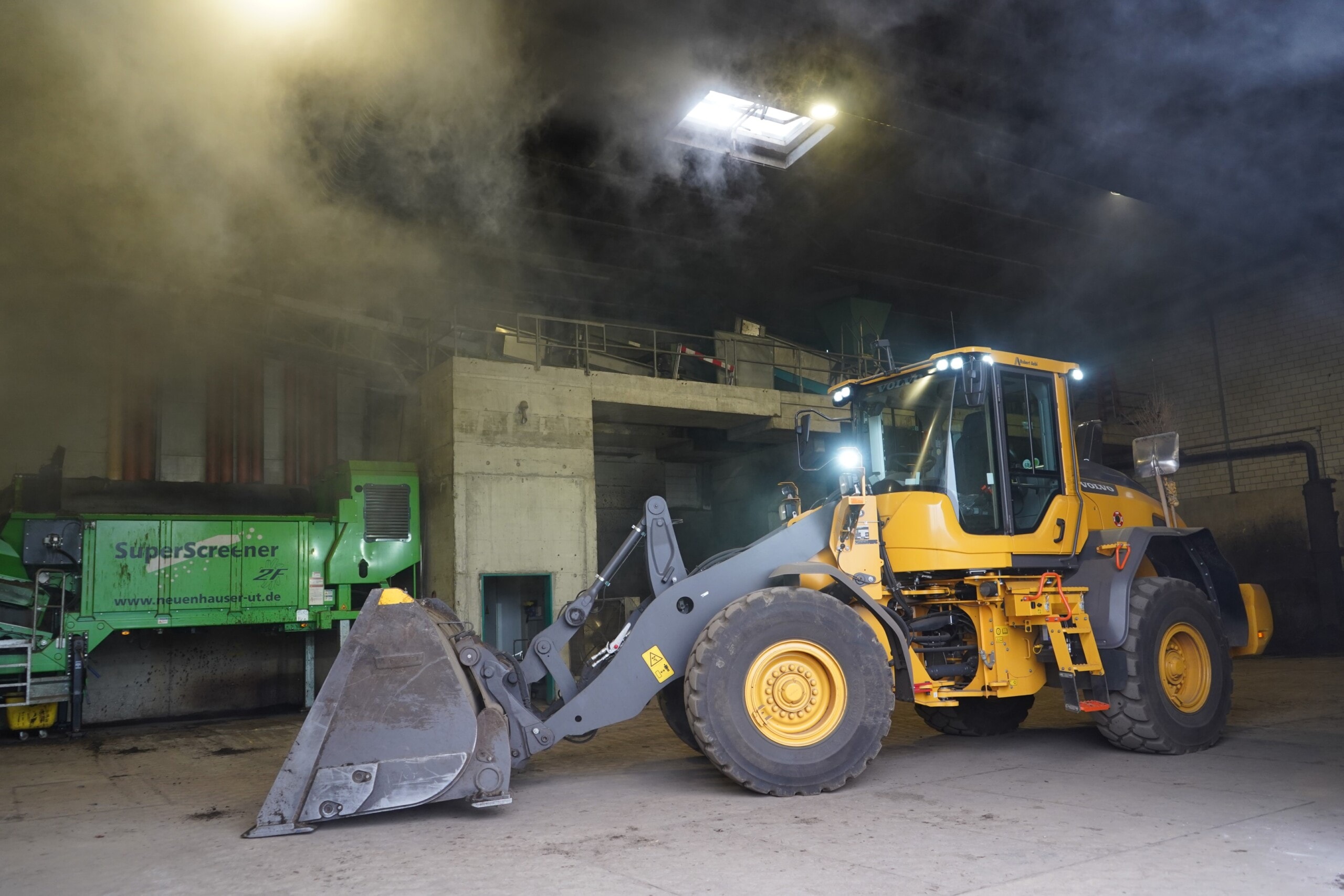 Throughout Switzerland, tons of biogenic residues could still be converted into biogas, as the domestic potential has not yet been exhausted. Source: CNG-Mobility.ch
Throughout Switzerland, tons of biogenic residues could still be converted into biogas, as the domestic potential has not yet been exhausted. Source: CNG-Mobility.ch
However, imported biogas is not fully recognised as renewable energy in Switzerland today. The reason for this is, on the one hand, the current customs regulations, according to which natural gas and biogas must be distinguishable in terms of material when imported – which is not technically possible. On the other hand, due to the lack of bilateral agreements for the purpose of transferring CO2 reductions, imported biogas cannot be counted in the Swiss greenhouse gas inventory and thus does not contribute to Switzerland’s climate target achievement.
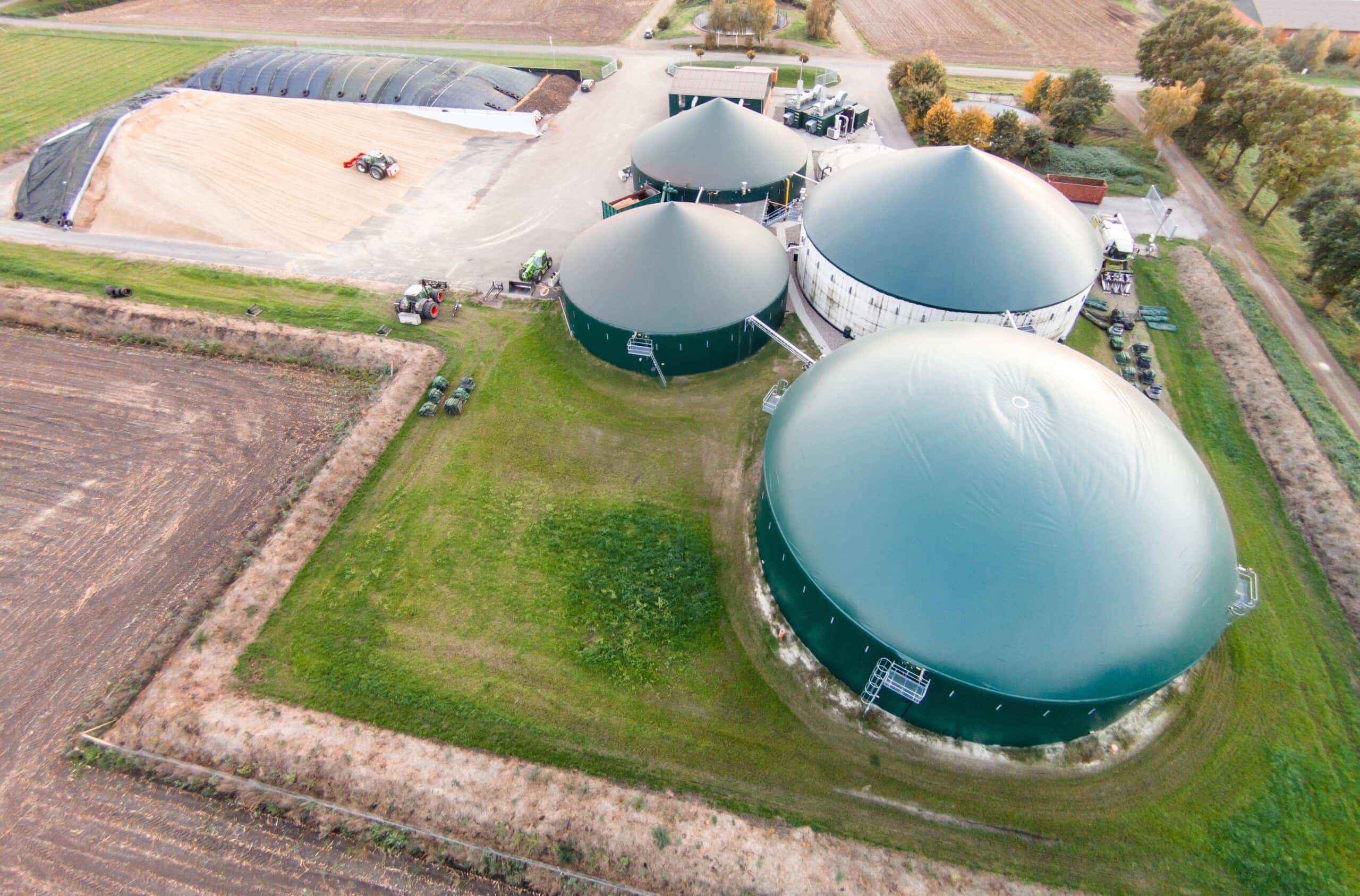 In order to be able to feed more biogas into the grid, however, investments in new biogas plants are necessary. Source: Adobe Stock
In order to be able to feed more biogas into the grid, however, investments in new biogas plants are necessary. Source: Adobe Stock
Incidentally, as a result of this, the Swiss CO2 tax also falls on it, which pushes biogas prices up noticeably in Switzerland compared to neighbouring countries. This is something that users of CNG vehicles, who compare prices at the pump when filling up their cars or trucks, find difficult to understand. However, in order to drive decarbonisation in addition to mobility, especially in areas of application where there are limited renewable alternatives (such as in industry and for peak load coverage), the availability of sufficient quantities of biogas and renewable gases will be central in the future.
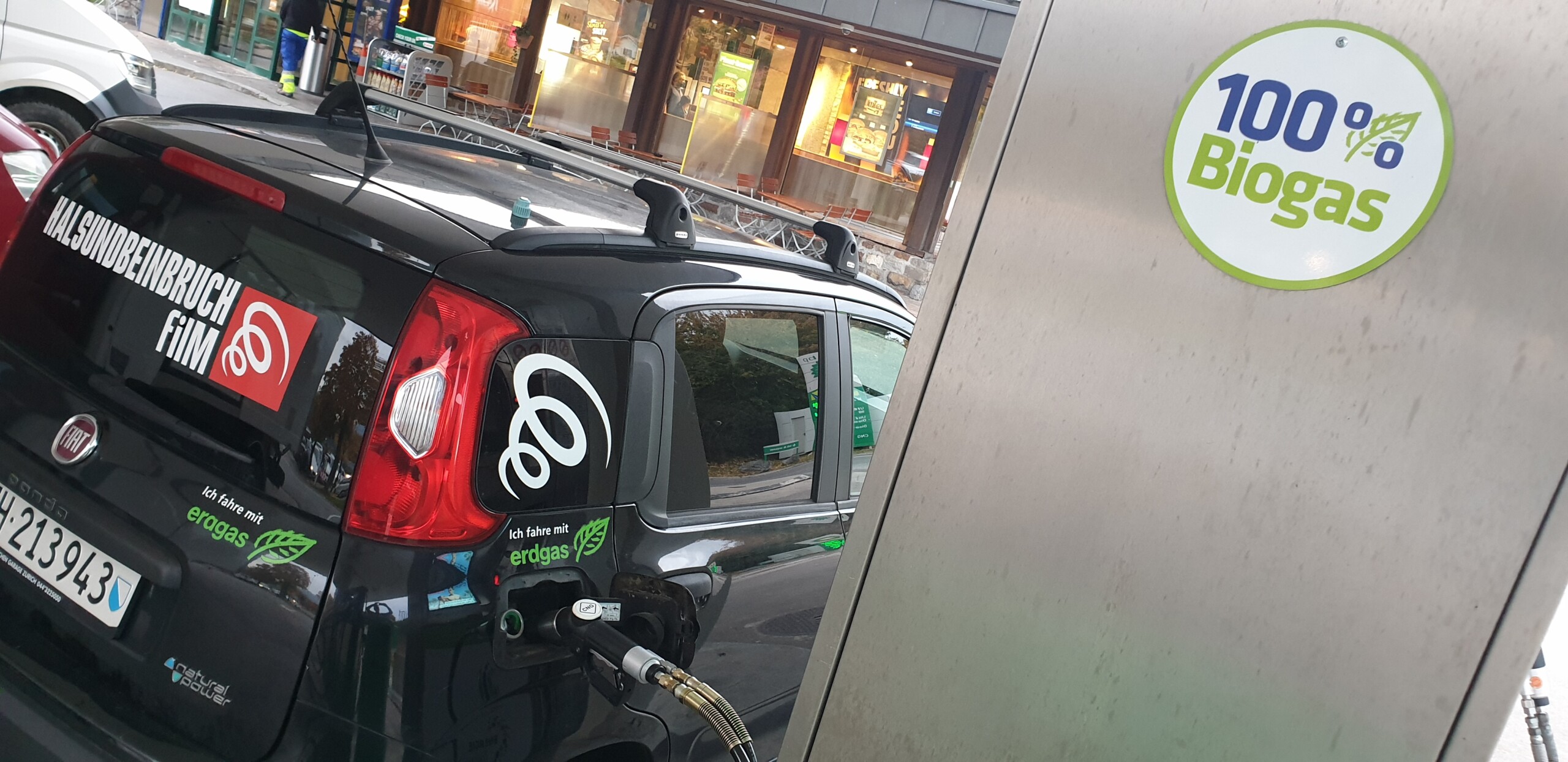 Only a fraction of the biogas produced in this country is used for mobility. For example, the video specialists from Halsundbeinbruch Film have long been on the road in an almost CO2-neutral manner thanks to biogas in their tanks. Source: Halsundbeinbruch Film
Only a fraction of the biogas produced in this country is used for mobility. For example, the video specialists from Halsundbeinbruch Film have long been on the road in an almost CO2-neutral manner thanks to biogas in their tanks. Source: Halsundbeinbruch Film
In their position paper, AEE Suisse, Biomasse Suisse, Energie 360°, Energie Zukunft Schweiz, Ökostrom Schweiz, Swisscleantech, Swisspower and VSG therefore call for a consistent increase in the number of biogas plants and the amount of substrates that can be used for energy (e.g. farmyard manure) in Switzerland through viable incentive systems and targeted framework conditions. The available biogas should also be fed into the gas grid – where this makes sense – and the Swiss subsidy models must be supplemented accordingly. And the recognition of imported biogas or renewable gases must finally become possible in Switzerland. (pd/jas, 13 July 2023)
The concrete, broad-based demands for better framework conditions can be found here.
You might also be interested in
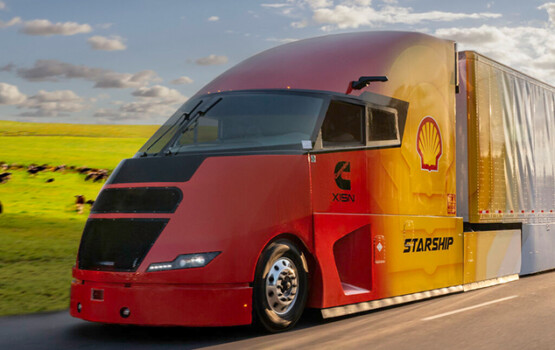
Shell Starship on record hunt
